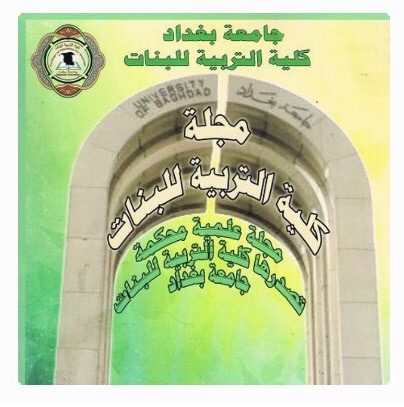The Properties of Thermal Waves Affecting Iraq
Abstract
This research aims at studying each of the cold and hot thermal wavelengths affecting
Iraq for a minimum climatic course of 11 years beginning from 1992 till 2002. Three stations
were selected including the parts of Iraq surface: Mosul, Baghdad and Basrah.
The wave days were also connected with the related climatic elements represented by
the wind direction and speeds and the relative humidity. It was shown that Iraq is affected by
the rates of hot thermal wave lengths greatly compared to the rates of cold wavelengths. The
results suggested that the highest rate of hot and cold wavelengths recorded over Basra station
was (3.5) days for the cold and (5) days for the hot. While the lowest rates was at Mosul
station amounting (2.4) days for the cold and (4.5) days for the hot. The research showed that
the highest total rate of the days number of cold wavelengths was for the deepest wave, while
the shallow wave recorded the highest rate of days number of hot wavelengths for the three
stations. It was noted, in the last years of the study period, a decrease in the rates of cold
wavelengths and an increase in the rates of hot wavelengths due to the global warming. The
results showed that the speeds of the winds accompanying the rate of thermal wavelengths
were between static and light for cold waves and light and moderate for hot waves.

Published
Issue
Section
License
![]()
All articles published in Journal of College of Education for Women are licensed under a Creative Commons Attribution 4.0 International License.










